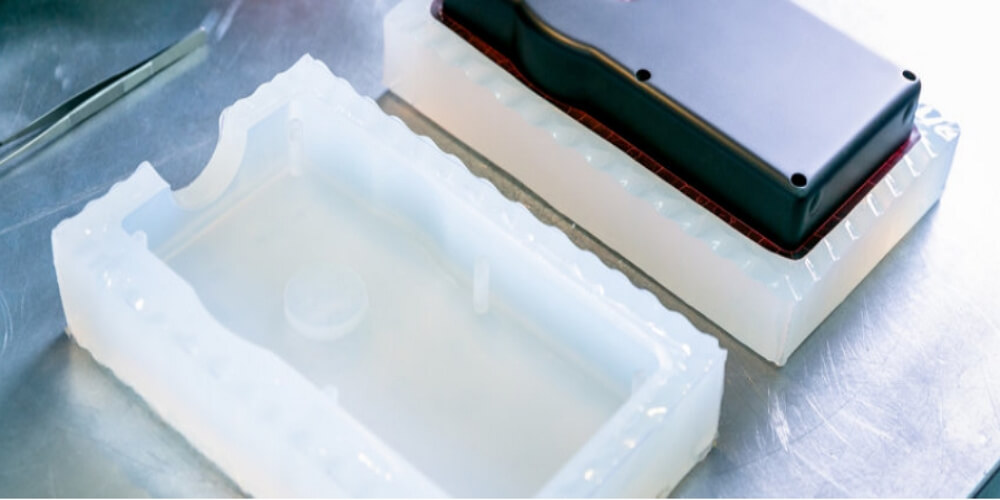The first urethane resin was made nearly a hundred years ago. Over the years, it has been used in nearly every sector. Urethane has been rigorously tested with many options to choose from. However, how can you tell whether Urethane casting is the right manufacturing method for your application? There is a need to know both the pros and cons of urethane casting.
Urethane is a resin that is widely used in making different plastic items. The product is quite versatile for creating rubber-like items that are either flexible or rigid. This process is used in manufacturing low-volume products like bespoke models and movie props. Many businesses are adopting this technique because it is low cost and works well for detailed designs. In this way, you can make standard finished products.
Urethane Casting Method
The truth is that cast urethane parts can be quite complex. Thus, it is recommended to ask for samples before proceeding to mass production. In this way, you will understand the process and determine whether the resin is perfect for you or not. It is easier for manufacturers to mess up when trying different resins.
Silicone molds are used to make the master models, which can be made by either CNC machining and 3D printing. Urethane is supplied in two different liquids, which should be mixed in equal amounts. During the mixing process, a chemical reaction occurs, turning the liquids into a solid form. The process is known as curing.
Factors Affecting Final Cast Urethane Parts
Since urethane is a material, it has some properties that can be affected by different factors. For instance, the material reacts with moisture. Therefore, you have to store your parts in rooms free of moisture. In this way, you can be assured the parts can work better and last longer.
Another thing to know about urethane is that it is exothermic. Thus, the exothermic reaction can occur if the part is heated. Therefore, you should leave the part long enough to dry during the manufacturing process. You should note that the heat generated in the process is likely to cause damage. Also, the resin can shrink when the liquid is converted into solid. The acceptable shrinkage for cast urethane products is about 0.15%.
If you want a perfect color to match, you do not have to worry as you can paint urethane parts. It is a good idea to tint parts to a similar color.
Urethane versus Injection Molding
There are different things to consider when choosing a manufacturing process. When it comes to determining whether you should go for urethane casting or injection molding, you should consider:
Cost of Materials
As you know, production-grade plastic is more expensive as compared to urethane. That includes ABS, LPDE, PC, and ABS. Therefore, urethane is an ideal choice for low-volume work and prototypes.
Upfront Costs
The truth is that the injection mold is quite costlier than urethane casts. In fact, you should think of urethane casting as a long-term investment for mass production. Since molds for this process can be made of cheaper materials, you can minimize your upfront costs.

